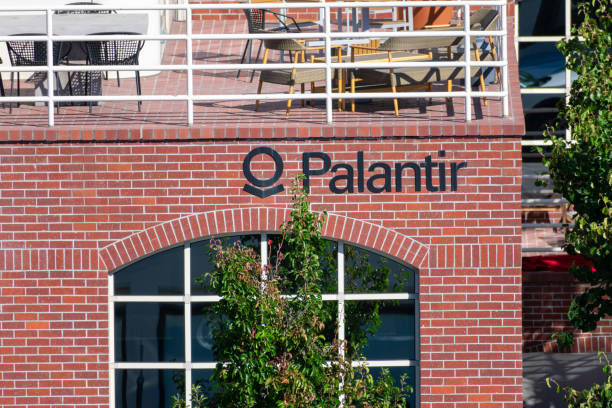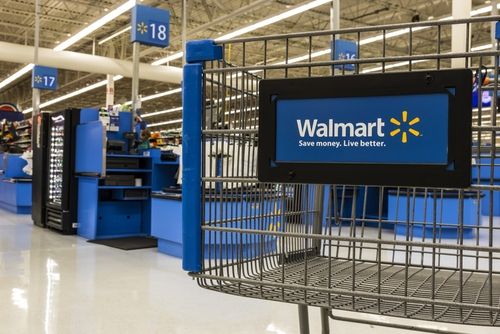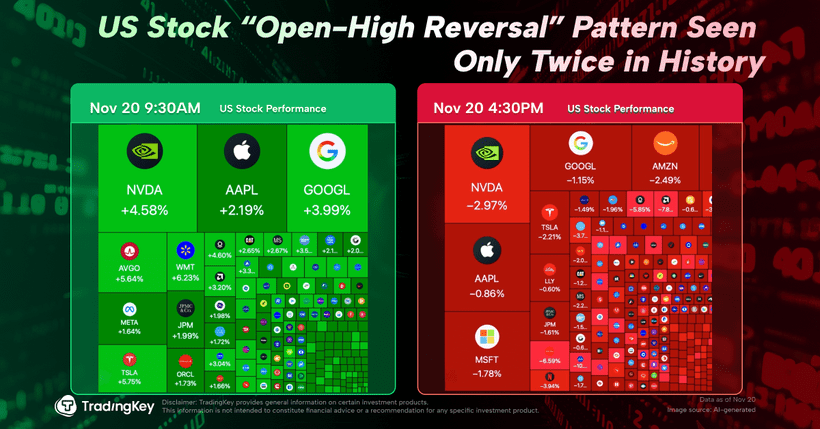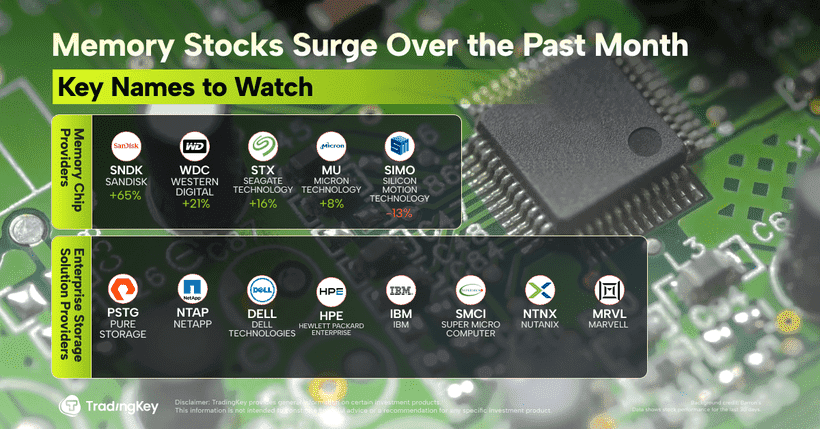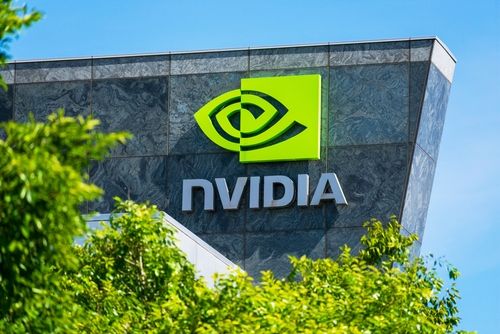Artificial Intelligencer-Everyone is betting on AI TikTok

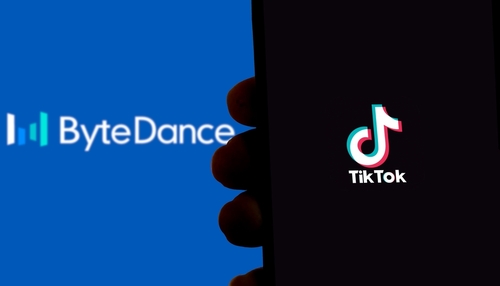
By Krystal Hu
Oct 1 (Reuters) - (Artificial Intelligencer is published every Wednesday. Think your friend or colleague should know about us? Forward this newsletter to them. They can also subscribe here.)
Heading back into earnings season, the one line we can count on climbing is AI-related capex.
Citigroup expects hyperscalers to pour $490 billion into AI buildouts by the end of 2026, up from a previous forecast of $420 billion. The bank also lifted its longer-term forecast: more than $2.8 trillion in AI infrastructure spending through 2029, powered by aggressive bets from the clouds and rising enterprise appetite.
As CoreWeave CRWV.O CEO Michael Intrator told me, "After all the work that we've done over the past year, somehow we're further behind."
Behind the scenes, something is changing: the money isn't just coming from Big Tech's profits anymore—it's increasingly from debt. When 1 gigawatt of compute can cost roughly $50 billion, even giants reach for leverage.
Investors are now asking how funding at this scale can continue sustainably. Companies are getting creative: Meta META.O has tapped private credit for data center expansion, and neocloud players are selling flexibility by letting customers reserve capacity—see CoreWeave's $14 billion deal with Meta this week.
The bigger question is whether all this spending on AI will unlock the promised $6.6 trillion in productivity gains, according to LinkedIn's estimate—or whether we're just inventing a more addictive form of doomscrolling, as AI companies are racing to build the next generation of entertainment. I've been testing AI-only video apps from Meta and OpenAI—and I have thoughts. We'll also highlight the big global gap in AI investment. Scroll on.
Do you think AI-generated social media will be the future? Email me here or follow me on LinkedIn to share any thoughts.
OUR LATEST REPORTING IN TECH & AI:
- Anthropic launches Claude 4.5 with better abilities, targets business customers
- California's Newsom signs law requiring AI safety disclosures
- ByteDance expected to maintain big role in new US TikTok, sources say
- How a Silicon Valley 'warlord' got the Pentagon’s attention
- China's new K visa beckons foreign tech talent as US hikes H-1B fee
- Meta plans to buy chip startup Rivos to boost semiconductor efforts
TIKTOK, BUT MAKE IT SYNTHETIC
While Hollywood was having a collective spasm over “synthetics” like the splashy debut of AI-generated “actress” Tilly Norwood , a bigger threat to publishers, entertainment companies and even independent content creators was brewing this week.
The big question: Is AI-generated TikTok what users want?
In the span of a week, two of the most influential and well-financed consumer tech companies pointed their most precious resource—compute—at the same target: AI-generated short video. OpenAI launched Sora, an iOS app for making short videos with synchronized audio, powered by a Sora 2 model and wrapped in social features like feeds and sharing.
Days earlier, Meta introduced Vibes, its own AI video app, with plans to seed content—and ads—across its platforms.
I've been testing Sora and can see why the media industries should be concerned. Even though you can only generate 10 seconds of video for now, the fidelity is striking—textures, motion, even small background details feel believable. While Meta's Vibes leans toward sci-fi and cinematic scenes, this captures the authentic feel of everyday TikTok content—street interviews, personal narratives and how-to videos. It will be interesting to see how much of themselves users will grant these systems in exchange for entertainment. Sora lets friends—or anyone on the internet, if you choose—create "cameos" by using your face and voice. The person whose likeness is used will have the ability to delete it or revoke access. The platform is not monetized for now and OpenAI said it has no intention to bring in ads either.
Commercial copyright holders remain wary; studios are cautious and few celebrities have granted likeness rights. The Hollywood meltdown over AI this week underscores why.
The most-used cameo on Sora right now? Sam Altman. Feeds are full of the OpenAI CEO: cooling data centers by blowing "wind" onto racks of GPUs, shouting outside Nvidia for another multibillion-dollar investment, even speaking convincingly in multiple languages. Clips are already bleeding onto TikTok and Instagram, and they look more "real" than earlier AI fare—hinting that mixed reality may be the next social default.
Altman says Sora is optimized for long-term user satisfaction: if users don't feel their lives are better with it than without it, OpenAI will fix the product—or kill it. That's an unusually explicit bar for a social app, especially one this expensive to build and operate. ChatGPT was a lightning-in-a-bottle success; we're about to see whether a well-planned, compute-hungry social video product can catch the same kind of lightning.
CHART OF THE WEEK
The chart shows the U.S. dominating AI funding by a wide margin, with China a distant second—reflecting concentrated public and private capital flowing into compute, cloud providers and startups. Mid ‑ sized economies like the UK, Canada and Israel also register meaningful investment on the strength of their research bases and startup ecosystems. While emerging markets such as India are growing quickly, they remain far behind in absolute dollars—a gap that underscores how adoption alone cannot substitute for the massive capital required to compete at the frontier.
The distribution points to a two ‑ tier landscape, as the U.S. and China, concentrating most of the funding and infrastructure, will look to export their AI technology and standards globally. At the same time, more nations are paying attention to "sovereign AI”—investing in local compute, models and data—to reduce reliance, even on allies, in an uncertain geopolitical environment.
India's AI investment is a fraction of China's but higher than some peers


